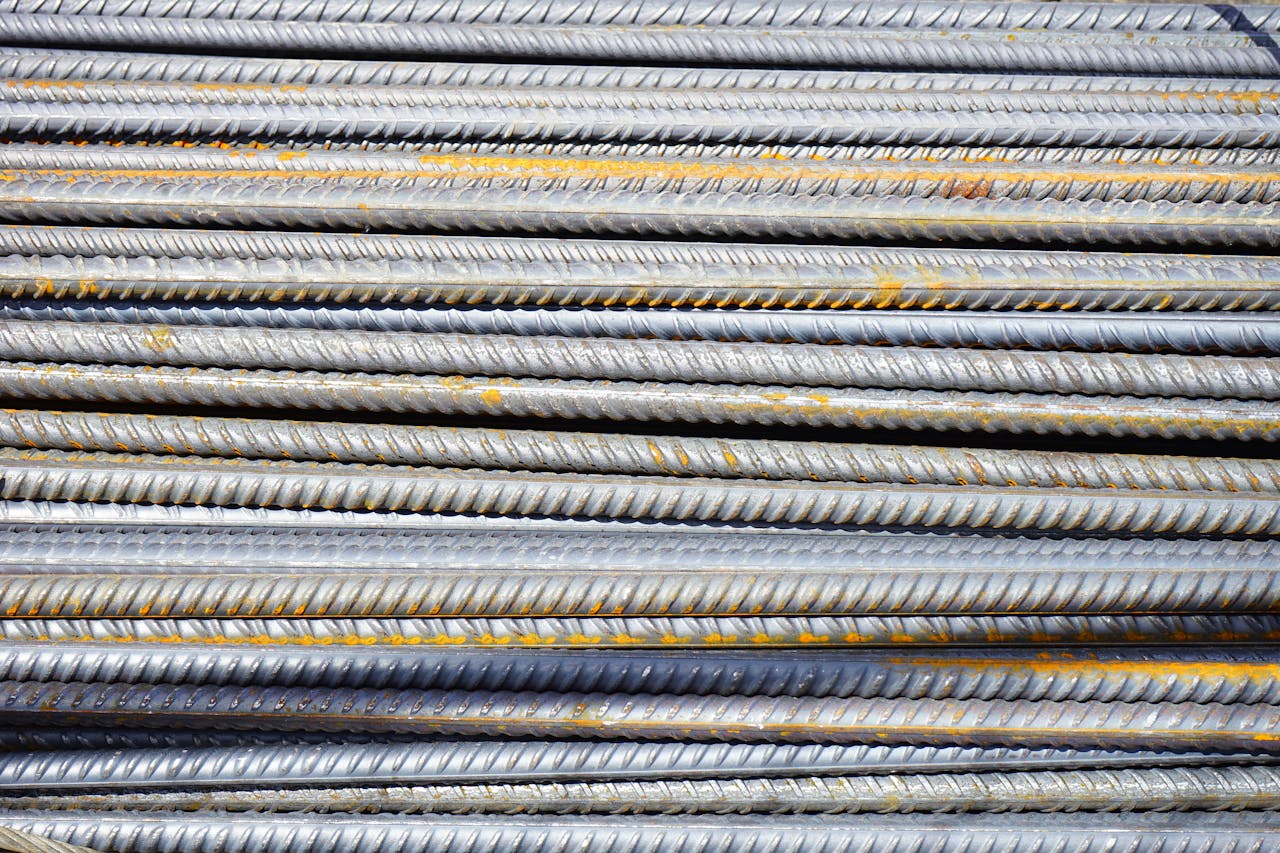The Evolution of Steel Supply: From Ancient Alloys to 21st Century Innovations

Steel, the backbone of modern civilization, has witnessed an extraordinary journey throughout human history. From its humble beginnings as a smelted alloy in ancient furnaces to its pivotal role in shaping skyscrapers and bridges, steel has remained a cornerstone of industrial progress. This article explores the fascinating evolution of steel supply, tracing its roots from antiquity to the cutting-edge technologies of the 21st century.
Ancient Origins and Early Innovations:
The story of steel begins millennia ago, when early civilizations discovered the transformative power of iron. The Iron Age, which dawned around 1200 BCE, marked a pivotal moment in human history as societies transitioned from using bronze to iron for tools and weapons. However, it was not until the development of steel—a stronger, more durable alloy of iron and carbon—that the full potential of metallurgy was realized.
Ancient civilizations, including the Hittites, Egyptians, and Chinese, independently discovered methods to produce steel through a process known as &8220;bloomery smelting.&8221; By heating iron ore in charcoal furnaces, blacksmiths could reduce the carbon content, yielding a material with enhanced strength and versatility. These early innovations laid the groundwork for the widespread use of steel in weaponry, agriculture, and construction.
Medieval Forges and the Birth of the Blast Furnace:
During the Middle Ages, European metallurgists refined the techniques of steel production, establishing guilds and trade routes to meet the growing demand for metal goods. One of the most significant advancements was the adoption of the blast furnace, a revolutionary technology that enabled the mass production of iron and steel.
The blast furnace, which emerged in Europe during the 14th century, utilized forced air to supercharge the smelting process, resulting in higher temperatures and increased efficiency. This innovation transformed the steel industry, allowing for larger-scale production and the creation of specialized alloys tailored to specific applications.
Industrial Revolution and the Rise of Steel Titans:
The 19th century witnessed a seismic shift in the steel industry with the advent of the Industrial Revolution. Innovations such as the Bessemer process and the Siemens-Martin process revolutionized steelmaking, paving the way for the mass production of steel on an unprecedented scale.
The Bessemer process, developed by British engineer Henry Bessemer in the 1850s, involved blowing air through molten iron to remove impurities and adjust carbon content, resulting in high-quality steel at a fraction of the previous cost. Similarly, the Siemens-Martin process, which utilized an open hearth furnace, allowed for greater control over alloy composition and improved product consistency.
These advancements fueled the rise of industrial giants such as Andrew Carnegie and J.P. Morgan in the United States, who amassed vast fortunes through the expansion of steel mills and the construction of railroads, bridges, and skyscrapers. The steel industry became synonymous with progress and prosperity, driving economic growth and urban development across the globe.
World Wars and Technological Innovation:
The 20th century brought both unparalleled prosperity and devastating conflicts that reshaped the landscape of global steel supply. World War I and World War II spurred unprecedented demand for steel as nations mobilized their economies for war production.
During this period, technological innovations such as the basic oxygen process (BOP) and electric arc furnaces (EAF) revolutionized steelmaking once again. The BOP, developed in the 1950s, replaced the Bessemer converter with a more efficient oxygen lance, reducing production costs and increasing output. Meanwhile, electric arc furnaces, which utilized electricity to melt scrap steel, offered a more environmentally friendly alternative to traditional coke-fueled furnaces.
Post-war Reconstruction and Globalization:
In the aftermath of World War II, the world witnessed a period of rapid reconstruction and economic expansion. Steel played a central role in rebuilding war-torn cities and fueling the growth of emerging industries such as automotive manufacturing and infrastructure development.
The latter half of the 20th century saw the emergence of new steel-producing regions, particularly in Asia, where countries like Japan, South Korea, and China rapidly industrialized and became major players in the global steel market. Technological advancements, coupled with favorable government policies and abundant resources, enabled these nations to compete with established steel producers in Europe and North America.
21st Century Challenges and Innovations:
As we enter the 21st century, the steel industry faces a new set of challenges and opportunities. Environmental concerns, fluctuating raw material prices, and shifting consumer preferences are driving innovation and transformation across the supply chain.
One of the most significant trends is the adoption of sustainable practices and green technologies to reduce carbon emissions and minimize environmental impact. Companies are investing in alternative ironmaking processes such as direct reduced iron (DRI) and hydrogen-based steelmaking, which promise to significantly reduce greenhouse gas emissions compared to traditional blast furnaces.
Furthermore, digitalization and automation are revolutionizing steel production, enabling real-time monitoring, predictive maintenance, and optimization of plant operations. Advanced robotics, artificial intelligence, and data analytics are being deployed to improve efficiency, enhance product quality, and ensure workplace safety.
Conclusion:
The story of steel supply is a testament to human ingenuity and resilience. From ancient forges to futuristic smart factories, the evolution of steelmaking reflects our relentless pursuit of progress and innovation. As we confront the challenges of the 21st century, from climate change to economic uncertainty, the steel industry remains poised to lead the way towards a sustainable and prosperous future.
